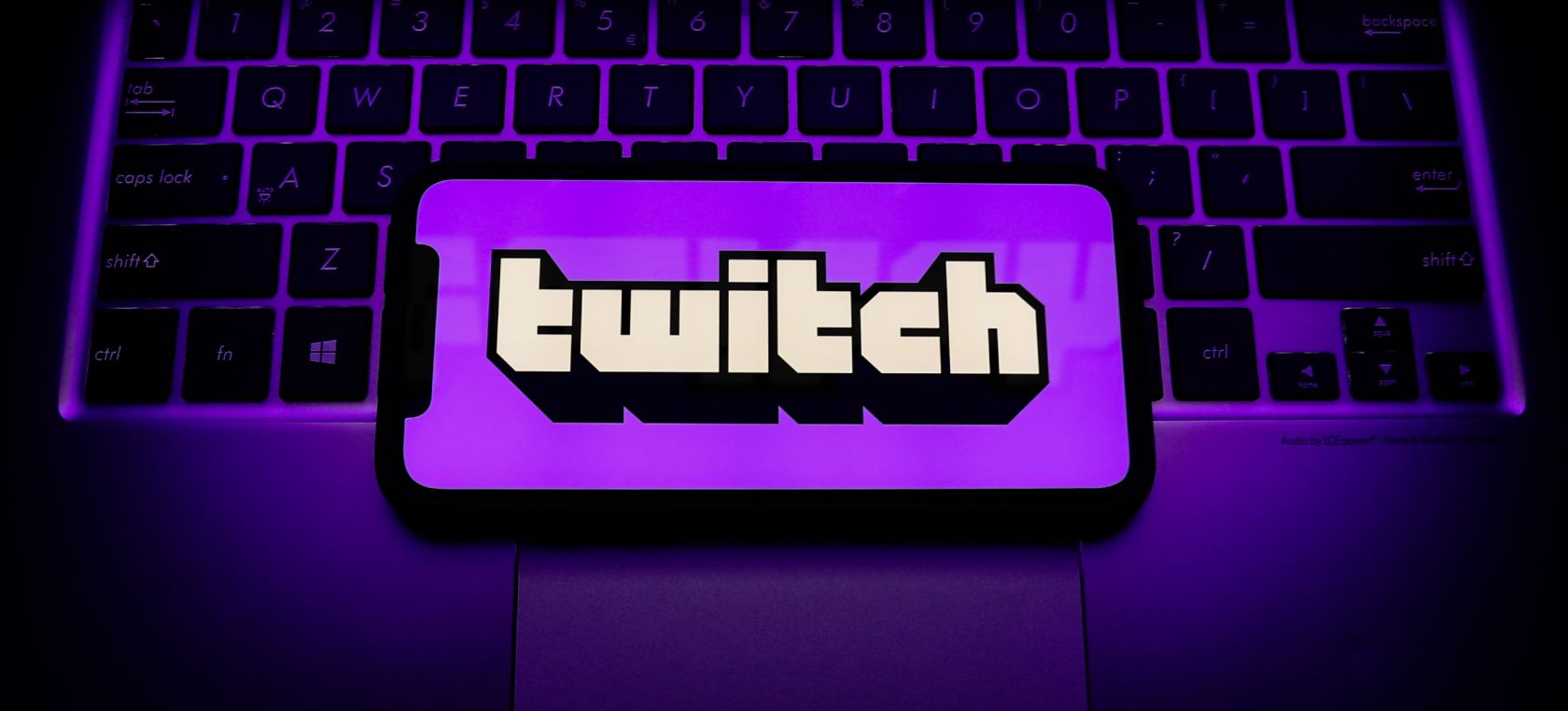As the streaming world continues to evolve, platforms are being compelled to reassess their policies to better serve their community and stay ahead in the competition. Twitch, a powerhouse in the world of streaming, has made a significant move, surprising many during its TwitchCon event.
Lifting the Barriers: Multistreaming Unleashed
Twitch, during its recent TwitchCon keynote, dropped a bombshell on its users. No longer are streamers restricted to broadcasting solely on Twitch; they now have the green light to simulcast across multiple platforms. This implies streamers can simultaneously share their content on giants like YouTube or emerging platforms like Kick.
Why the Shift in Policy?
Dan Clancy, the CEO of Twitch, emphasized the company’s commitment to granting streamers more freedom. By making a monumental change to the Terms of Service, Twitch is moving away from restrictive broadcasting policies. They are acknowledging the value of providing a more flexible environment, ensuring their user base isn’t confined but can explore newer avenues.
However, with greater power comes greater responsibility. Twitch is clear that while they’re offering more freedom, the quality of experience on their platform shouldn’t be compromised. This sentiment was reflected in Clancy’s words: “We believe in giving you the freedom to simultaneously stream on other services, but we also want to ensure that the Twitch user experience is not compromised.”
We’ve announced that you can simulcast on ANY live streaming service!
Check out our new guidelines and FAQ here: https://t.co/TBjulaqshY#TwitchConVegas 💜 pic.twitter.com/dE4XJEtdAw— Twitch (@Twitch) October 20, 2023
Rules of the Game
While the shackles of exclusivity have been shattered, Twitch has established certain guidelines to maintain the integrity of its platform:
- Quality Assurance: The experience provided to Twitch’s audience should be on par, if not superior, to that on other platforms. This includes engagement aspects, such as chat interactions.
- No External Redirection: Streamers are prohibited from including links that might lead viewers away from Twitch to view the simulcast on other platforms.
- No Chat Merging: Using third-party tools to amalgamate chat activities from various platforms onto Twitch during a simulcast is a no-go zone.
Dan Clancy emphasized the core philosophy behind this change: “You should have the freedom to decide which services you want to live stream on.”
Impact on the Streaming Community

For ages, streamers have expressed their desire to branch out, test waters on platforms like YouTube or Kick, without the fear of penalties. This move potentially allows them to optimize their revenue streams, tapping into multiple platforms simultaneously without jeopardizing their partnership status on Twitch.
No Limits!
Twitch’s decision is monumental for the streaming community, promising more freedom and flexibility. However, streamers should be prudent, ensuring they align with the new guidelines while simulcasting. Exploring new horizons is exciting, but the primary commitment should always be to provide a stellar experience to one’s audience, irrespective of the platform.

